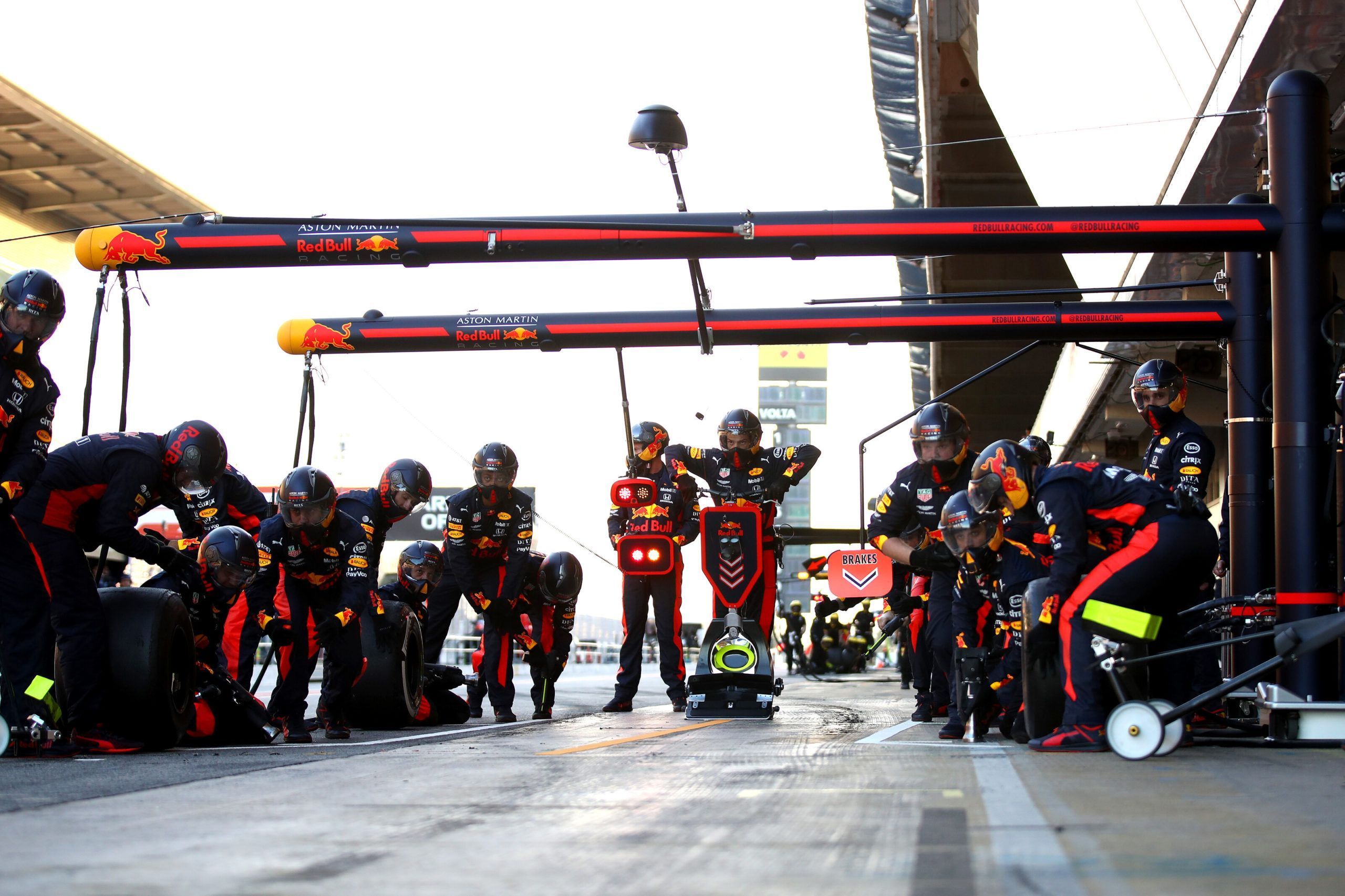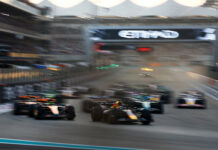F1 has released a set of questions and answers which talks about the 2020 season start plus also how they will look after the safety of their personnel.
After months of wait, F1 finally released a calendar for 2020 season which starts in Austria in July and will go on until September in Italy for its first leg, with eight rounds – out of which two countries will host two races at their venue.
More races will be announced at a later stage as the flyaway rounds remains a key question. While the future is yet to be ascertained, F1 has released some details as to how are they looking at the upcoming rounds with utmost care for safety.
They have five steps which involves regular testing, closed events (for fans), minimal personnel, isolated travel and social distancing. The prime work teams have to do is follow the guidelines set out by the respective countries to avoid catching COVID-19.
As known, F1 has secured testing kits and will be testing personnel rigorously, while all teams will be in their own ‘bubbles’ as well with no motorhomes and no mingling. They released a full question and answer list discussing variety of topics.
They see July as a secured month to return as cases in Europe sees a fall, while the return of football events behind the closed doors also helped them positively. The criticism of returning so soon was doused by taking sport as a morale booster in testing times.
As known, F1 re-affirmed that the FIA, GPDA, promoters and Governments are all together to start the sport. In terms of safety of teams, marshals and everyone involved – even when there is a positive case, the races will continue still.
“The measures F1 have set out mean that all personnel at races (including local personnel such as marshals, medical teams and security) will be tested and cleared before a race weekend, with regular testing continuing to take place over the weekend,” it wrote.
“This, alongside teams operating in bubbles and following local government guidelines such as social distancing, will ensure F1 minimises contact with the wider local community. F1 also has the capability to provide extra screening and testing if necessary.
“Privately sourced PPE and hygiene materials will need to be provided by the race promoter for local personnel to mitigate any risks, if for example a marshal is required to assist a driver. Local personnel engaged by the race promoter will be located at specific parts of the circuit for their duties and will be asked to remain at their posts and observe social distancing. F1 will follow all local country guidelines and procedures.
“Teams will isolate from each other and any moving around non-race critical areas such as the paddock will have the 2m social distance implemented. All procedures and rules will be strictly enforced at race venues as well as for travel and accommodation, with F1 saying breaches of procedures will be dealt with immediately.
“F1 has learnt a lot since Australia and procedures and safeguards are now in place to reduce the chances of anyone infected travelling to a race. New procedures, such as pre-testing, regular testing, screening, sealed travel and social distancing will make this a less likely scenario and F1 are confident their plans will manage this risk.
“However, there is a robust infection response plan in place, if required, like many other returning sports competitions. In the event of a positive case F1 are fully confident that the procedures and team segregation will allow swift and effective contact tracing across a small group and rapid testing will be provided to determine the risk of infection and isolate it immediately.”
F1 justified the decision to hold the season as lots of livelihood will be benefited as for certain events to be cancelled – like Monaco – it simply couldn’t re-adjust in the revised calendar. In terms of number of people, a lot will be done remotely, as the weekends will also be staging Formula 2 and Formula 3 rounds.
“Sports have different logistical arrangements,” it wrote. “F1 will dramatically reduce the number of people at closed events to ensure safety and social distancing while ensuring races are conducted safely and competitively.
“This is how F1’s plans compare to a normal open event: a) Zero spectators compared to on average 150,000 spectators over a three-day event; b) Zero guests in the F1 Paddock compared to the usual 3,000; c) 1,200 essential personnel in total compared to a usual range of 3,000 – 5,000 including 80 personnel per Formula 1 team compared to 130 for usual events; d) 60 broadcast personnel compared to the usual 250+, made possible due to F1’s plans to operate a remote broadcast operation.”
On the spectacle side, F1 said the pre and post celebrations will be different – but didn’t divulge the details – while they will honour the broadcast arrangements of each nation, with only one of the Silverstone rounds to be free-to-air as previously arranged.
“With only essential personnel in attendance, the atmosphere will be very different, but the on-track action will be as fierce as always,” it wrote. “With safety the number one priority, there’s a need to alter the usual formalities, but the broadcast spectacle will be as interesting and exciting as always.
“The usual pre and post-race ceremonies will be significantly altered to ensure social distancing is upheld and the tone of the event is right. F1 has existing contracts in place for broadcast and it is right we honour those commitments with our long-term partners.
“Silverstone will host two events, with one of those events available live as Free-to-air (FTA) within the UK. Each market situation is different and has comprehensive highlight packages to complement the live broadcast of the races.”
Here’s the details of 2020 F1 season
Here’s how the weekend format looks for F1 2022
Here’s the full story on the FIA changes for F1 2020, 2021 and beyond
Here’s details on 2020 and 2021 Sporting Changes
Here’s Michael Masi on 2020 and gloves-off approach



















